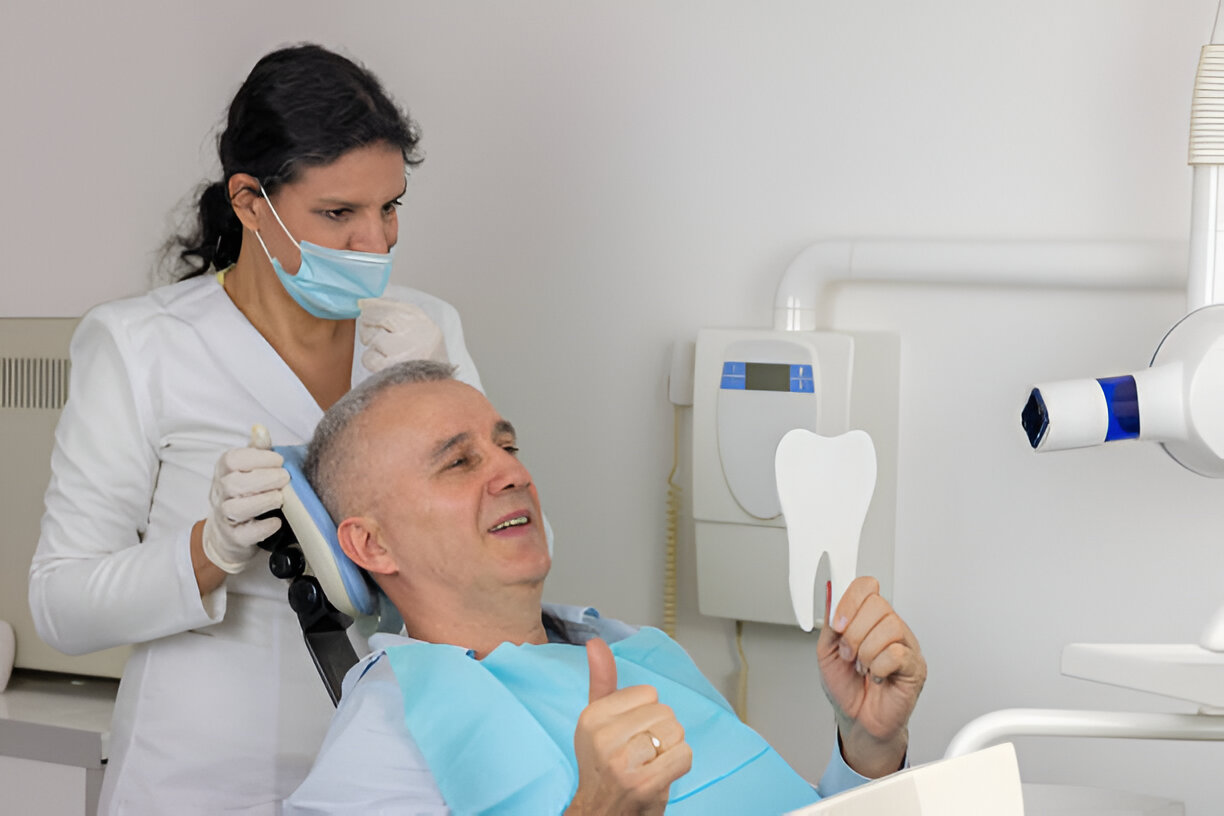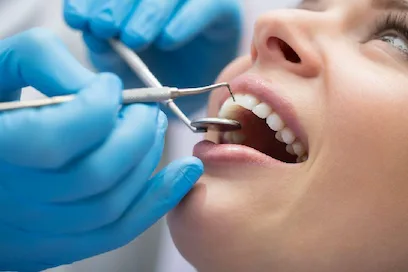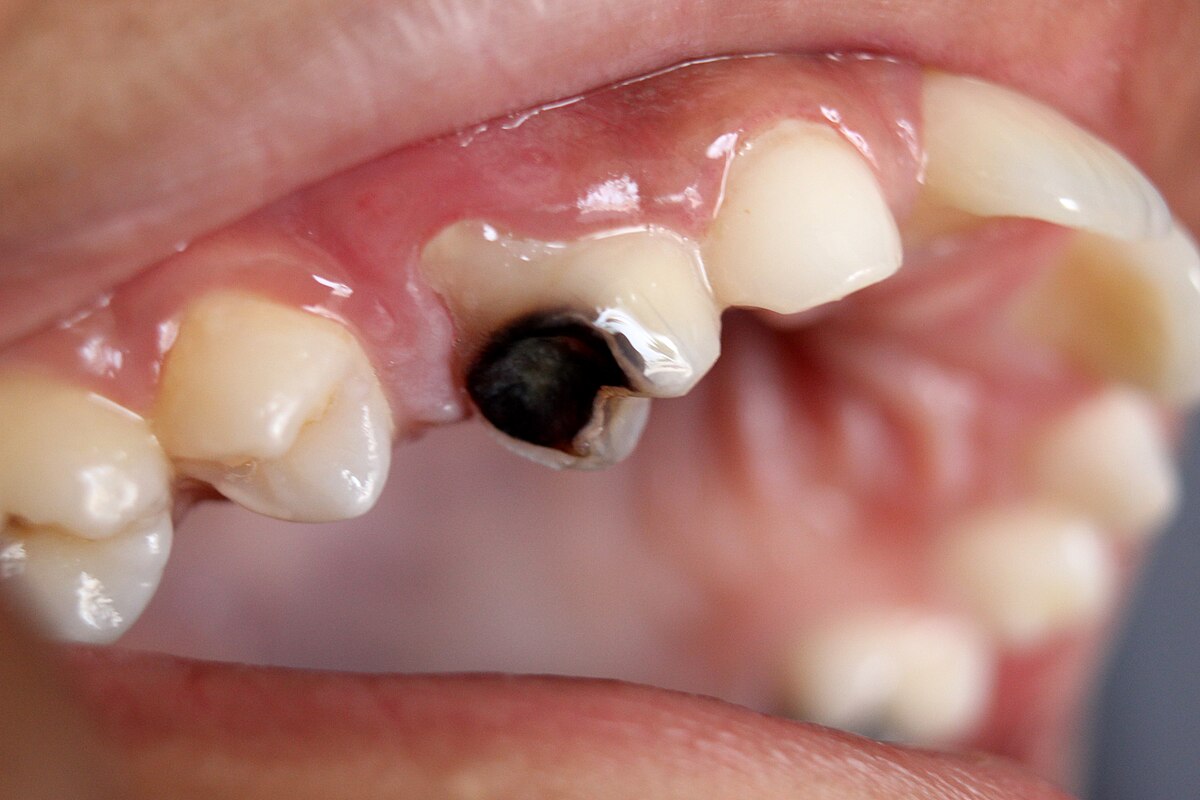The Best 5 Ways to Support Recovery After a Root Canal
A root canal is a common dental procedure designed to treat an infected or inflamed tooth. While the procedure itself is generally straightforward and effective, the recovery process requires some care to ensure a smooth healing experience. Knowing how to support recovery after a root canal can help reduce discomfort, promote healing, and ensure your tooth returns to its healthy state. Here are the five best ways to support your recovery after a root canal.
1. Follow Your Dentist’s Post-Procedure Instructions
The first and most important step in recovery is following the post-procedure instructions provided by your dentist. Your dentist will give you specific guidelines for care, pain management, and dietary restrictions. Following these instructions carefully will help avoid complications and speed up the healing process.
What to Do:
- Take prescribed medications as directed (such as antibiotics or pain relievers).
- If you have a temporary filling, avoid chewing on the treated tooth until the permanent filling or crown is placed.
- Keep your follow-up appointments to ensure proper healing and to place the final restoration.
Why It Helps:
- These instructions are tailored to your specific case and will help you manage pain and reduce the risk of infection.
2. Manage Pain and Discomfort Properly
It’s normal to experience some discomfort after a root canal, especially within the first few days. However, managing pain effectively is crucial to ensuring a comfortable recovery. Over-the-counter pain medications like ibuprofen or acetaminophen can be used to alleviate pain, but make sure to take them as instructed by your dentist.
What to Do:
- Take pain medication as directed by your dentist to manage discomfort.
- Apply a cold compress to your cheek near the treated area to reduce swelling and soothe pain.
- If pain persists or becomes more intense, contact your dentist to rule out complications.
Why It Helps:
- Pain management prevents discomfort from interfering with your daily activities and helps you heal more comfortably.
3. Maintain Good Oral Hygiene
While it may be tempting to avoid brushing or flossing the treated area after the root canal, maintaining good oral hygiene is essential for supporting recovery. Keeping the treated area clean helps prevent infection and promotes healing. Be gentle when brushing around the tooth that underwent the procedure, as excessive pressure could irritate the area.
What to Do:
- Brush your teeth twice daily, but avoid applying pressure on the treated tooth for the first few days.
- Floss gently, but be cautious around the treated tooth to avoid damaging the filling or crown.
- Rinse with a mild saltwater solution (1 teaspoon of salt in 8 ounces of warm water) to help reduce inflammation and cleanse the area.
Why It Helps:
- Good oral hygiene reduces the risk of infection and supports faster recovery by keeping your mouth free from harmful bacteria.
4. Eat Soft Foods and Avoid Hard or Chewy Items
After a root canal, your tooth may feel tender for a few days, and chewing on it may cause discomfort. Eating soft foods and avoiding hard, chewy, or sticky foods can prevent unnecessary strain on the treated tooth and help speed up the healing process.
What to Do:
- Stick to soft foods like yogurt, mashed potatoes, soups, scrambled eggs, and smoothies.
- Avoid hard, crunchy foods (such as nuts, chips, or ice) and chewy items (like gum or taffy) for the first few days after the procedure.
- Chew on the opposite side of your mouth to prevent putting pressure on the treated tooth.
Why It Helps:
- Eating soft foods helps prevent irritation or damage to the treated tooth and minimizes discomfort during recovery.
5. Monitor for Signs of Complications
While root canals are generally safe and effective, there are a few signs that could indicate a complication, such as infection or incomplete healing. It’s important to monitor your recovery and contact your dentist if you experience unusual symptoms.
What to Watch For:
- Persistent or worsening pain beyond the first few days.
- Swelling or tenderness in the gums or face that doesn’t subside.
- Pus or an abscess near the treated area.
- A bad taste or foul odor coming from the treated tooth.
Why It Helps:
- Early detection of complications allows for prompt treatment and prevents further issues, ensuring the long-term success of the root canal.
Conclusion
Recovery after a root canal is usually straightforward, but it does require attention to detail. By following your dentist’s instructions, managing pain, maintaining good oral hygiene, eating soft foods, and monitoring for complications, you can support your recovery and ensure a smooth healing process. Remember, if you ever have concerns or experience unusual symptoms, don’t hesitate to contact your dentist for guidance. With proper care, you’ll be back to full health with a restored, pain-free tooth in no time.







